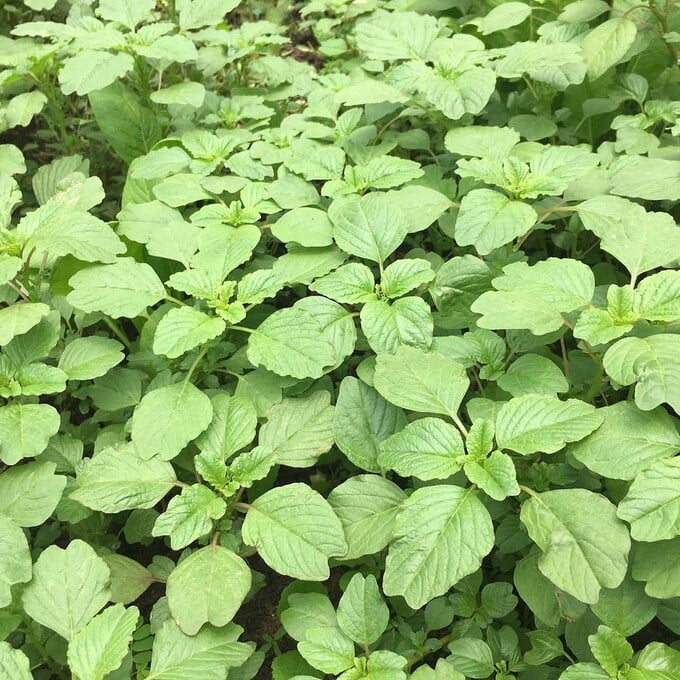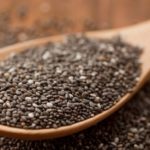There is a growing trend towards healthier and more nutritious food choices. Some vegetables that were once considered weeds are now making a comeback and becoming sought-after delicacies.
Wild amaranth is a nutritious and healthy vegetable.
Today, wild vegetables such as amaranth, purslane, and wood sorrel are in high demand as they are not only delicious but also have cooling properties for the body. One of the most notable is amaranth, a wild vegetable that grows naturally and can be cooked in a variety of ways, including boiling, stir-frying, and stewing, resulting in a tender and sweet dish.
In traditional Chinese medicine, wild amaranth is considered a precious herb due to its medicinal properties. It has a mild sweet taste and a cooling nature, offering benefits such as cooling and detoxifying the body, nourishing the blood, and stopping bleeding. Additionally, it helps with heat dissipation, reducing inflammation, and treating constipation, among other things.

Wild Amaranth: A Nutritious and Healthy Vegetable
Health Benefits of Wild Amaranth:
- Rich in Vitamins and Minerals: Wild amaranth has a sweet taste and is packed with protid, glucid, iron, vitamins B2 and C, nicotic acid, and calcium. It is also a good source of starch, plant protein, and lysine.
- Boosts Immunity: The lysine content in wild amaranth is significantly higher than in cultivated amaranth and other cereals. The high level of beta-carotene in amaranth also contributes to improved immune function.
- Cools and Detoxifies: This vegetable is highly effective in cooling the body, promoting urination, fighting infections, and treating constipation. It also helps cool the liver, stimulates digestion, and treats dysentery and ulcers caused by excess heat in the body.
- Helps with High Blood Pressure: Boiled, stir-fried, or stewed amaranth can help lower blood pressure and relieve symptoms such as headaches and dizziness caused by high blood pressure or excess heat in the body.
Indeed, wild amaranth is a gift from nature, offering a healthy and safe vegetable option.
Delicious Dishes with Wild Amaranth

Tasty Treats Made with Wild Amaranth
Wild amaranth can be used in a variety of delicious dishes, including stir-fries, salads, boiled dishes, and the most popular option, stews. Amaranth stew is a simple and rustic dish that is perfect for summer and has become a familiar favorite in rural Vietnam.
On hot summer days, there’s nothing better than a bowl of wild amaranth stew with meat or dried shrimp. This dish not only helps cool the body but also tastes delicious and goes well with rice.
- A bunch of wild amaranth
- 200g of fresh or dried shrimp
- Fresh and dried onions, seasoning powder, and flavor enhancers
- Clean the amaranth and soak it in diluted salt water for about 20 minutes. Chop the amaranth into small pieces. Chop the fresh onions finely and mince the dried onions.
- Peel and devein the shrimp if using fresh shrimp. Marinate the shrimp with fish sauce and flavor enhancers. If using dried shrimp, grind the shells and heads, then filter the shrimp broth and set it aside.
- Sauté the onions and shrimp in a pan. Once the shrimp is cooked, remove it from the pan and set it aside. In a separate pot, mix the shrimp broth with two bowls of water and bring it to a boil over medium heat. Skim the foam, add the amaranth, and stir in the cooked shrimp.
- Finally, season the stew with your choice of seasonings and garnish with onions. Enjoy your delicious and healthy wild amaranth stew!




































